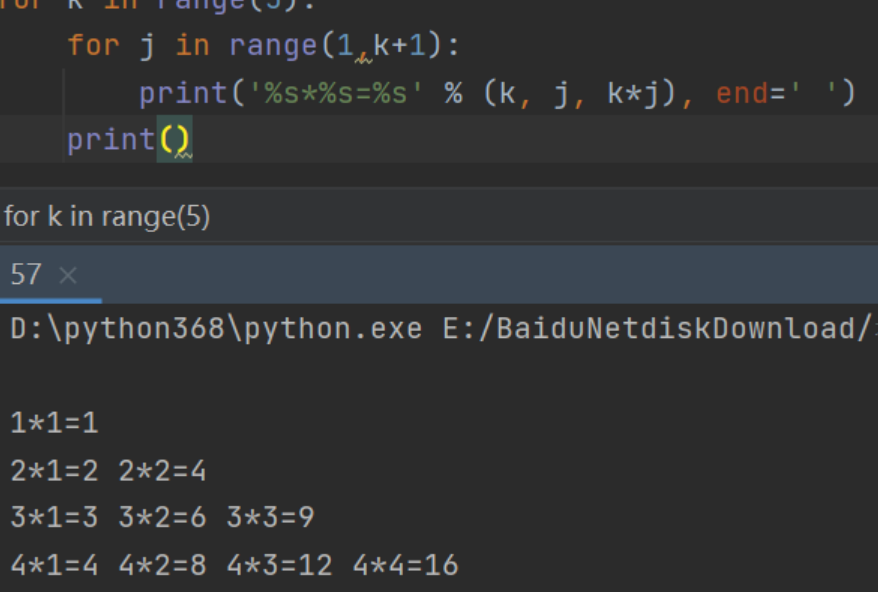while/For 循环相关
概要
-
while 循环相关
-
for 循环相关
详细
1 while 循环相关
1.1 例
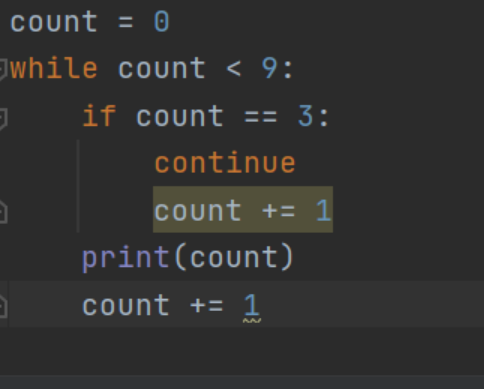
1.2 while+continue
# 1.使用while循环打印出0-10 # count = 0 # while count < 11: # print(count) # count += 1 # 2.使用while循环打印出0-10但是不打印4 # 1.定义一个起始变量 count = 0 # 2.循环 while count < 11: # 5.判断 如果count为4则不打印 if count == 4: count += 1 # 跳过本次循环 开始下一次循环 continue # 3.打印变量的值 print(count) # 4.变量值自增1 count += 1 """ continue会让循环体代码直接回到条件判断处重新判断 """
1.3 while+else
count = 0 while count < 5: print(count) count += 1 else: print('嘿嘿嘿') # 会执行else子代码 count = 0 while count < 5: if count == 3: break print(count) count += 1 else: print('嘿嘿嘿') # 不会执行else子代码 """ 当while循环没有被人为中断(break)的情况下才会走else """
2 for 循环
2.1 典型案例
For 循环字典 案例
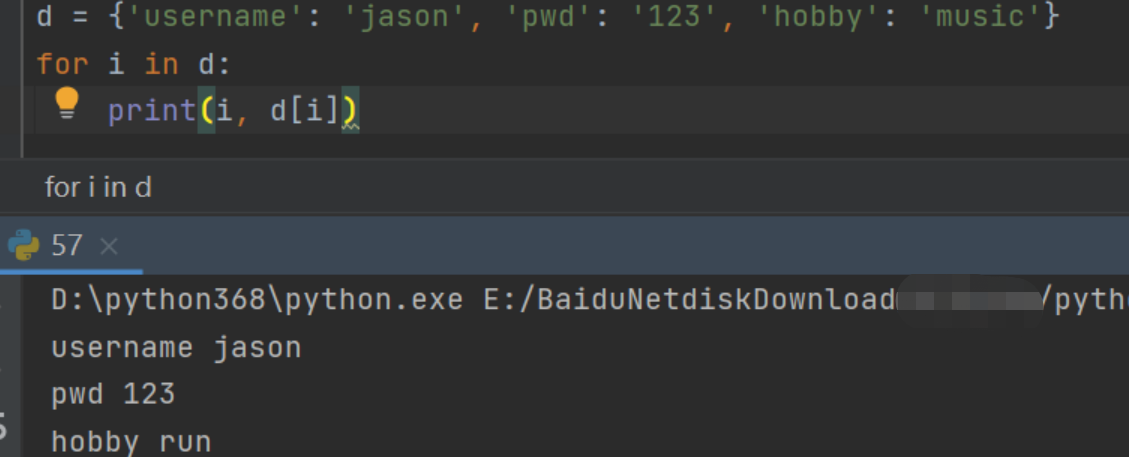
详细内容 # for循环能做到的事情 # while循环都可以做到 # 但是for循环语法更加简洁 # 并且在循环取值问题上更加方便 # # name_list = ['jason', 'tony', 'kevin', 'jack', 'xxx'] # # 循环取出列表的每一个元素并打印 # # while实现 # # count = 0 # # while count < 5: # # print(name_list[count]) # # count += 1 # # for循环 # for name in name_list: # print(name) # # """ # for 变量名 in 可迭代对象: # 字符串、列表、字典、元组、集合 # for循环体代码 # # ps:变量名如果没有合适的名称 那么可以使用i,j,k,v,item等 # """ # # # name_list = ['jason', 'tony', 'kevin', 'jack', 'xxx'] # # 循环取出列表的每一个元素并打印 # # while实现 # # count = 0 # # while count < 5: # # print(name_list[count]) # # count += 1 # # for循环 # # for name in name_list: # # print(name) # # # for循环字符串 # # for i in 'hello world': # # print(i) # # # # for循环字典:默认只能拿到k # d = {'username': 'jason', 'pwd': 123, 'hobby': 'read'} # for k in d: # print(k, d[k])
2.2 range
2.2.1 range 一个参数
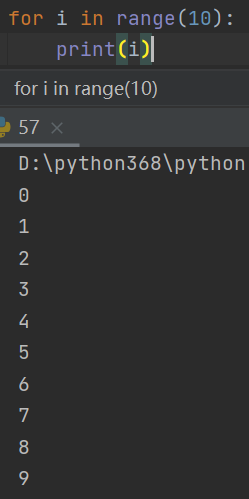
2.2.2 range两个参数
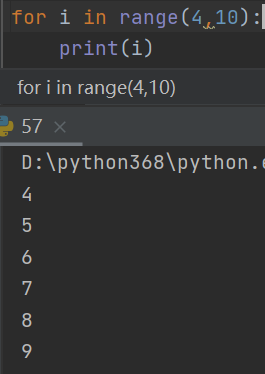
含义:从4依次取数到10-1
2.2.3 range 三个参数
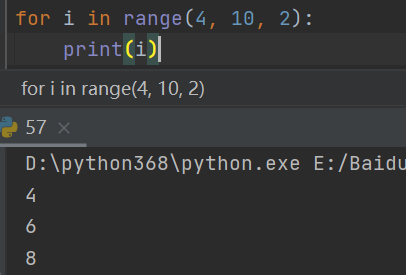
含义:从4开始取,然后每2个取一下
详细内容 # 关键字range # 第一种:一个参数 从0开始 顾头不顾尾 # for i in range(10): # print(i) # 第二种:两个参数 自定义起始位置 顾头不顾尾 # for i in range(4, 10): # print(i) # 第三种:三个参数 第三个数字用来控制等差值 # for i in range(2, 100, 10): # print(i) """ 扩展知识 https://movie.douban.com/top250 第一页 https://movie.douban.com/top250?start=25&filter= 第二页 https://movie.douban.com/top250?start=50&filter= 第三页 https://movie.douban.com/top250?start=75&filter= 第四页 https://movie.douban.com/top250?start=0&filter= 推测第一页 """ # base_url = "https://movie.douban.com/top250?start=%s&filter=" # for i in range(0, 250, 25): # print(base_url % i) # range在不同版本的解释器中 本质不同 # 在python2.X中range会直接生成一个列表 # 在python2.X中有一个xrange也是迭代器(老母猪) # 在python3.X中range是一个迭代器(老母猪) # 节省内存空间 '''python2.X中xrange就是python3.x里面的range'''
2.3 for+break
# 跟while+break 一样 # # break功能也是用于结束本层循环 # for i in range(10): # if i == 4: # break # print(i)
2.4 for + continue:
continue是结束本次循环,即后边的不会再执行,而是回到条件开始处判断执行.
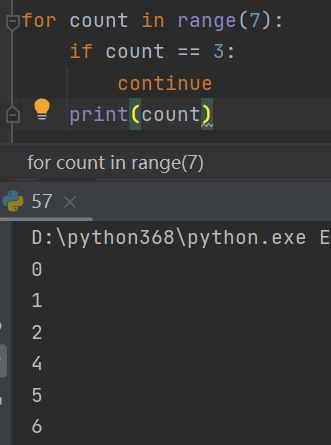
2.5 for+else
# 与 while+else 一样 # # else也是在for循环正常结束的情况下才会执行 # for i in range(10): # if i == 4: # break # print(i) # else: # print('你追我!!!')
2.6 For循环嵌套
2.6.1 理解程序运行或者有问题找出来
不执行程序,理解程序是如何一步一执行的(借助画流程图)

2.6.2 案例:部分乘法口诀表
